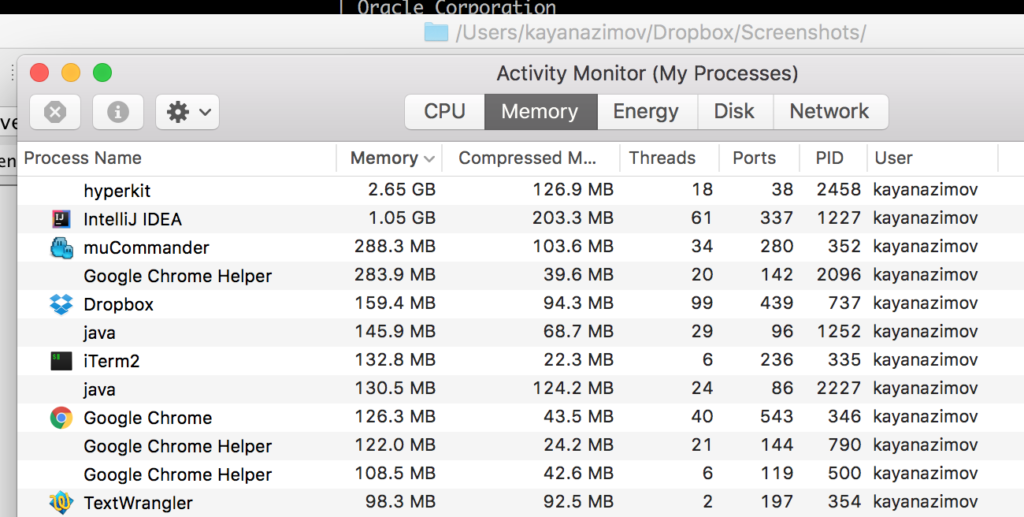
#Docker hyperkit using 2gb of memory download
Stand Alone Windows Installer: You can download and run the Windows Installer Create a deployment in ClusterĬreate a namespace use below command $ kubectl create namespace sample-app
#Docker hyperkit using 2gb of memory install
winget install minikubeĬhocolaty Package Manager: If the Chocolaty Package Manager installed, use the following command choco install minikube Windows Package Manager: If Windows Package Manager is installed in the system use the below command to install minikube. There are 3 ways to install minikube in windows Sudo rpm -ivh minikube-latest.x86_64.rpm Installation of minikube in Windows Sudo install minikube-linux-amd64 /usr/local/bin/minikube Sudo install minikube-linux-arm64 /usr/local/bin/minikube Minikube supports 3 download options Binary download, Debian & RPM packages for different kinds of system architectures i.e amd64/x86_64 & arm64/aarch64. To start minikube with virtual box use below command $ minikube start - driver=virtualboxĬheck minikube status by running the below command $ minikube status Sudo install minikube-darwin-arm64 /usr/local/bin/minikube Sudo install minikube-darwin-amd64 /usr/local/bin/minikube ARM curl -LO You can also install by downloading minikube directly x86 curl -LO

Run which minikube after installation, if it fails you may have to remove the old minikube link and link the newly installed binary. Install Minikube with the following command. Install the VirtualBox as a HyperVisor using the homebrew package manager with the following command. To check that this is enabled on OSX / macOS run the below command and if it gives an output then you are good to go. Minikube requires that VT-x/AMD-v virtualization is enabled in BIOS.


I will be using a Virtual machine to setup my minikube in this tutorial. To setup minikube there are two ways Docker (or similarly compatible) container or a Virtual Machine environment. To setup the Kubernetes cluster in the local system, you have to use minikube.


 0 kommentar(er)
0 kommentar(er)
